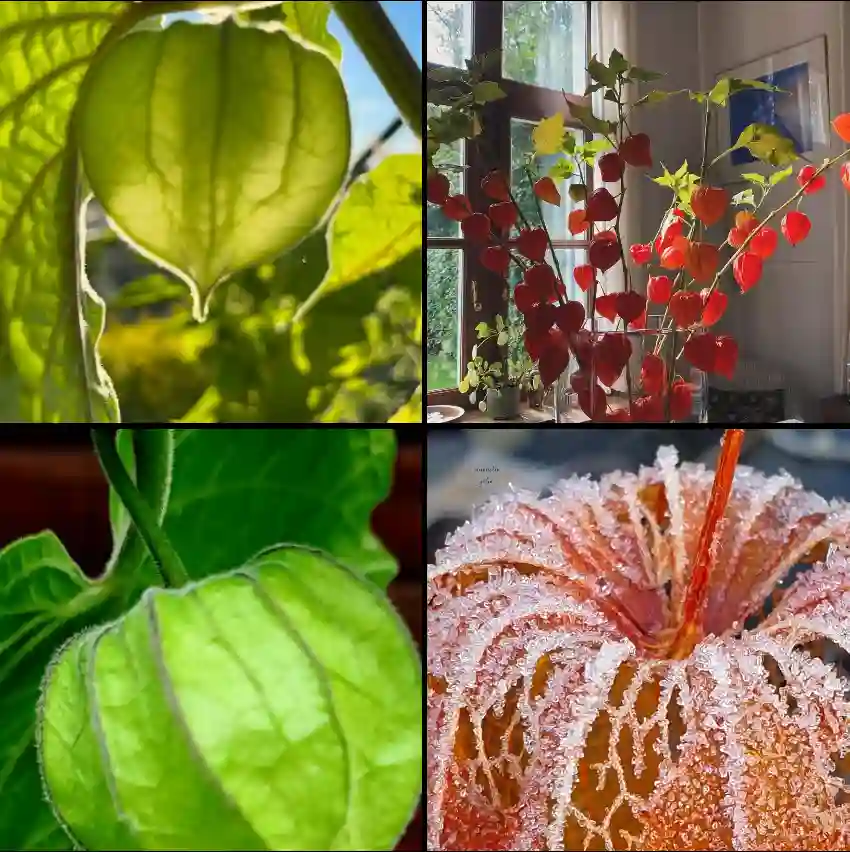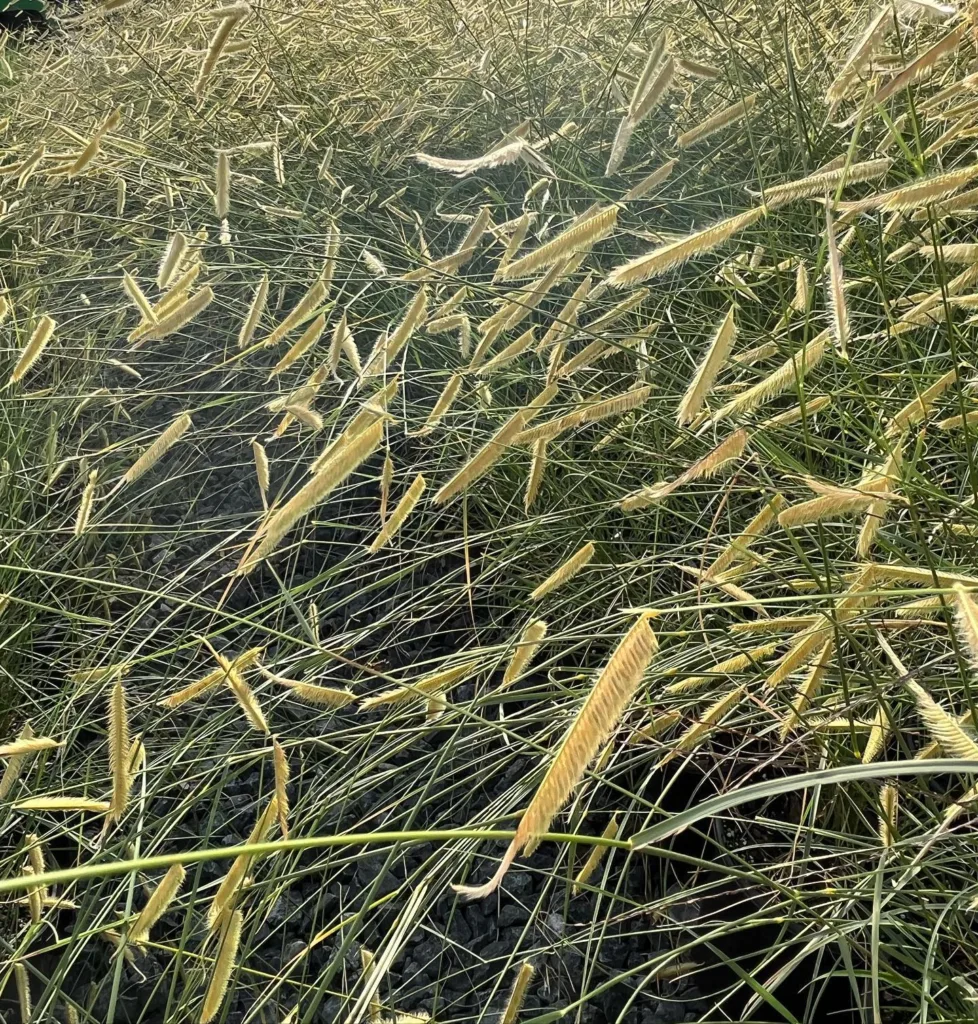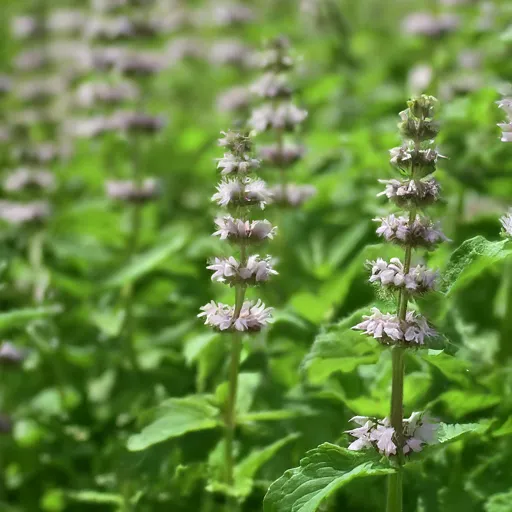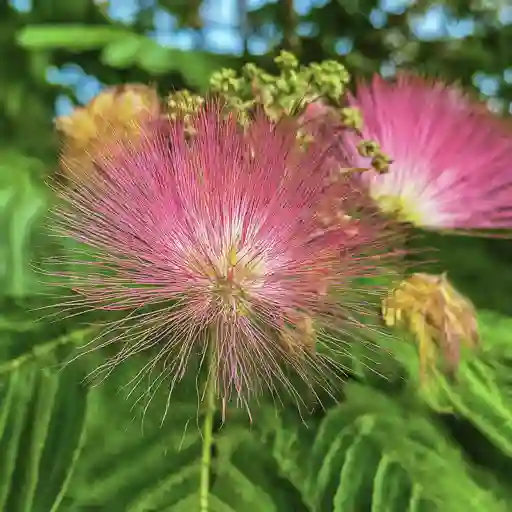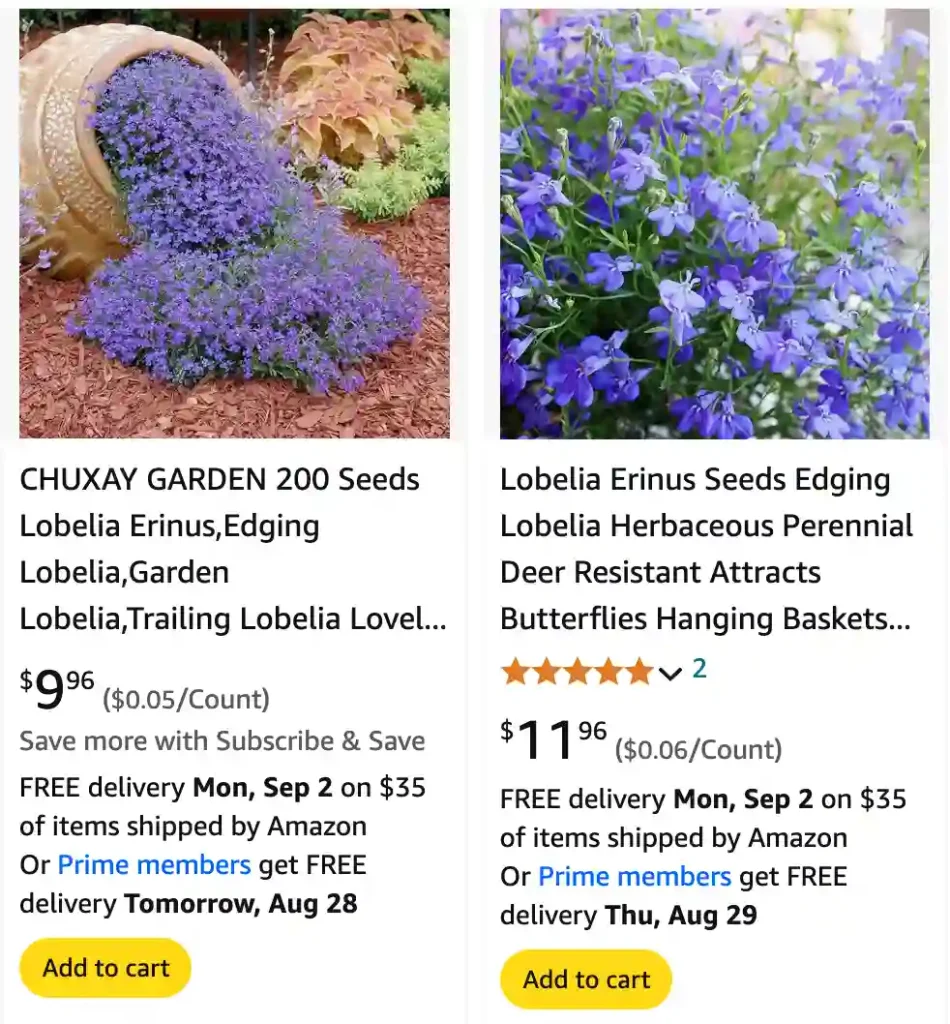
FAQs About Lobelia Erinus
When it comes to vibrant, trailing flowers that add a splash of color to your garden, Lobelia Erinus is a top contender. As a plant enthusiast, I’ve spent quite a bit of time growing and caring for Lobelia Erinus, and I’m here to share some of the most frequently asked questions and insights I’ve gathered.
443 Species in Genus Lobelia
Is Lobelia Erinus a Perennial?
One of the most common questions I encounter is whether Lobelia Erinus is a perennial. The answer depends largely on your climate. In general, Lobelia Erinus is grown as an annual in most regions. It thrives in cooler temperatures and is often treated as an annual because it doesn’t always survive the harsh winters. However, in milder climates with relatively warm winters, it can act as a short-lived perennial. In these conditions, Lobelia Erinus might come back year after year, but it’s often best to treat it as an annual unless you’re in a very temperate zone.
How to Grow Lobelia Erinus from Seed?
Starting Lobelia Erinus from seed is a rewarding process. Here’s a step-by-step guide based on my experience:
- Sowing Seeds: Begin by sowing the seeds indoors about 10-12 weeks before the last expected frost. Use a seed tray filled with seed-starting mix. Sprinkle the tiny seeds on the surface without covering them, as they need light to germinate.
- Germination: Keep the soil moist but not waterlogged. Place the tray in a bright location or under grow lights. The seeds typically germinate in 10-20 days.
- Transplanting: Once the seedlings have developed a few true leaves and the risk of frost has passed, you can transplant them outdoors. Harden them off by gradually exposing them to outdoor conditions over a week.
- Soil and Location: Choose a location with well-drained soil and partial shade to full sun. Lobelia Erinus prefers cooler temperatures and can struggle in intense heat.
Is Lobelia Erinus Poisonous to Dogs?
Pet owners often worry about the safety of their garden plants. I’ve researched this thoroughly, and Lobelia Erinus is not listed as highly toxic to dogs. However, it’s always wise to keep an eye on your pets. If a dog ingests a large quantity, it could potentially cause mild gastrointestinal upset. If you notice any unusual symptoms in your pet, contact your vet just to be safe.
Who Sells Lobelia Erinus Half Moon Flowers?
If you’re on the hunt for Lobelia Erinus Half Moon flowers, several sources are available. Many garden centers and online retailers offer this variety. Websites like Burpee, White Flower Farm, and Proven Winners are good places to start. Local nurseries might also carry this specific variety, so don’t hesitate to ask around.
What is the Best Soil for Lobelia Erinus?
Lobelia Erinus thrives in well-drained soil with a pH between 6.0 and 7.0. I’ve found that incorporating organic matter like compost can enhance soil structure and fertility. Good drainage is crucial, as Lobelia Erinus does not tolerate soggy soil.
How to Care for Lobelia Erinus?
Caring for Lobelia Erinus involves a few simple steps:
- Watering: Keep the soil consistently moist, especially during hot weather. Avoid letting the soil dry out completely.
- Fertilizing: Feed the plant with a balanced, water-soluble fertilizer every 4-6 weeks. Over-fertilizing can lead to excessive foliage at the expense of blooms.
- Pruning: Regularly pinch back the tips of the plant to encourage bushier growth and more blooms.
How to Propagate Lobelia Erinus?
Propagation of Lobelia Erinus can be done via seeds or cuttings:
- Seeds: As mentioned earlier, sow seeds indoors or directly in the garden once temperatures warm up.
- Cuttings: You can also propagate by taking cuttings from established plants. Use a sharp knife to take a cutting from the tip of a healthy plant. Dip the cut end in rooting hormone and plant it in a pot with a mix of sand and peat.
What to Plant with Lobelia Erinus?
Lobelia Erinus pairs well with a variety of plants:
- Pansies: Their complementary colors and similar growing conditions make them excellent companions.
- Petunias: Both thrive in similar environments and can create a stunning floral display.
- Shade-Loving Plants: In shadier areas, combine Lobelia Erinus with hostas or ferns for a lush, vibrant look.
Can You Grow Lobelia Erinus Indoors?
While Lobelia Erinus is typically grown outdoors, it can also thrive indoors if given the right conditions. Ensure it gets plenty of light, either from a sunny window or grow lights. Keep indoor temperatures cooler to mimic its natural outdoor habitat.
Is Lobelia Erinus Toxic?
As previously mentioned, Lobelia Erinus is not highly toxic but can cause minor issues if ingested in large quantities. For most pets and children, it’s not a significant concern, but monitoring and care are always recommended.
Benefits of Growing Lobelia Erinus
Lobelia Erinus offers several benefits:
- Versatility: Its trailing growth makes it perfect for hanging baskets, window boxes, and container gardens.
- Color Variety: Available in shades of blue, purple, and white, it can brighten up any garden space.
- Long Blooming Period: It blooms from early spring through fall, providing long-lasting color.
Common Problems with Lobelia Erinus
While Lobelia Erinus is generally easy to grow, it can encounter a few issues:
- Heat Sensitivity: It tends to struggle in very hot temperatures. Providing some shade can help it thrive.
- Diseases: Watch for signs of fungal diseases, particularly in damp conditions. Good air circulation and proper watering can mitigate these risks.
In conclusion, Lobelia Erinus is a fantastic addition to any garden or container, offering vibrant color and versatility. By understanding its needs and quirks, you can ensure a thriving and beautiful display.
If i die, water my plants!
